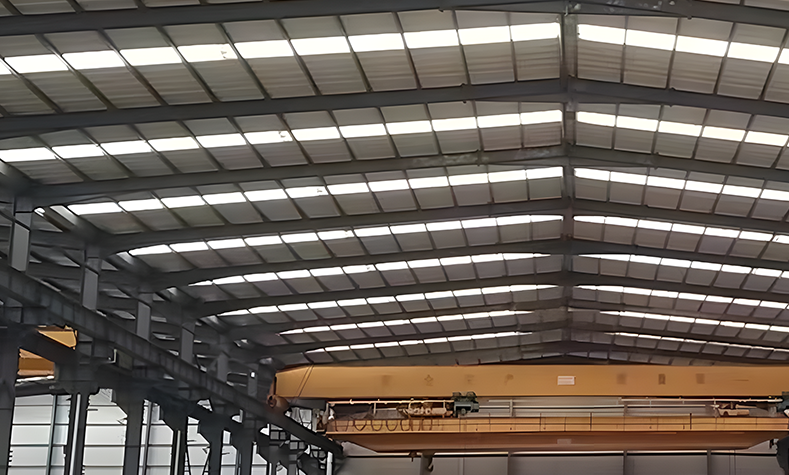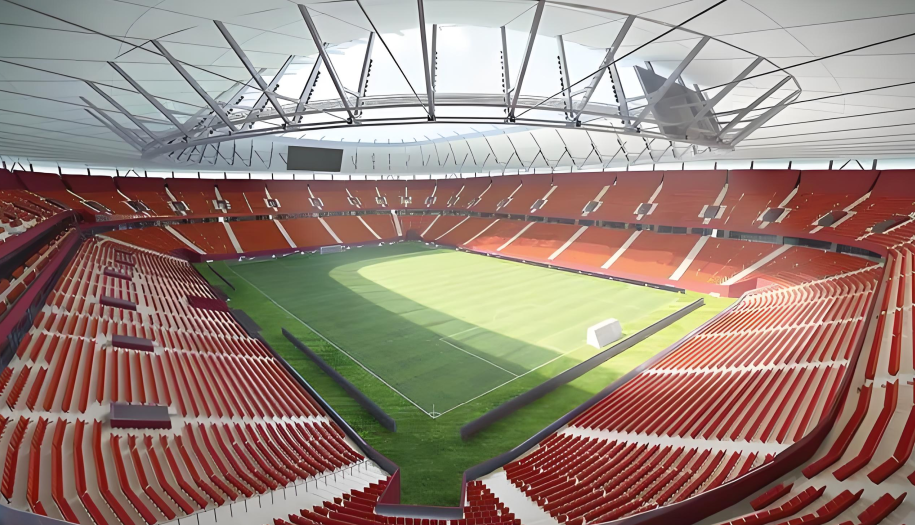Design Methods for the Roof of Light Steel Structure Factories
Light steel structure factories are probably familiar to everyone, but have you noticed the various design forms of their roofs? Below, I will briefly introduce them to you:
The envelope structures such as roofs and walls of steel structures generally adopt color-coated steel profiled sheets with a thickness typically ranging from 0.4 to 1.0mm. Color-coated steel sheets are roll-formed from galvanized or other pre-coated color steel plates and painted on the exterior. For buildings that require insulation and heat preservation, double-layer color-coated steel profiled sheets can be used with insulation materials (such as glass wool, rock wool, foam, etc.) filled between them.

The filling materials can be filled on site or pre-laminated with the color-coated steel plates at the factory (called color-coated sandwich panels). As the load-bearing and envelope structure of the top floor of a building, the building roof plays a crucial role in the entire building for its envelope function and elevation modeling. It is also the primary area where leaks occur in the steel structure envelope system. Its main functions are to resist the intrusion of wind, rain, and snow, and to bear the self-weight of the roof as well as the wind and snow loads on it.
The roofs of steel structure buildings generally use various materials such as colored profiled steel sheets, colored steel sandwich panels, composite profiled steel sheets, various lightweight roof panels, GRC panels, and metal corrugated arched roof panels. For the roofs and walls of light steel structures, colored profiled sheets or sandwich panels are mainly used. In steel structure factory projects, better roof materials are mainly glass wool sandwich panels and rock wool sandwich panels. A more economical option is to use colored profiled steel sheets without specific insulation or heat preservation requirements.

The roof panels of steel structure building systems have two types of connections on the roof: longitudinal and lateral. Longitudinal connections are mainly overlaps, where the uphill panel presses against the downhill panel, and a dedicated waterproof sealant and fixing strips are used at the overlap. As for lateral connections, there are currently mainly the following three methods:
1.The fixed support of the concealed clip connection is fixed to the roof purlins using flat-head self-tapping screws, and then the profiled roof panel is fastened with the fixed support.
2.The overlap connection involves overlapping the edges of the profiled steel sheets and connecting them into a whole using various bolts, rivets, or self-tapping screws. This connection is divided into two types: with and without a sealant groove. The roof screws are exposed, and the wave peaks are relatively low.
3.The locking concealed clip connection is a more advanced connection method for roof panels. The roof system fixes the roof panels through sliding brackets, which is beneficial for roof waterproofing and maintaining the integrity of the roof. It can also effectively control deformation caused by thermal expansion and contraction.



